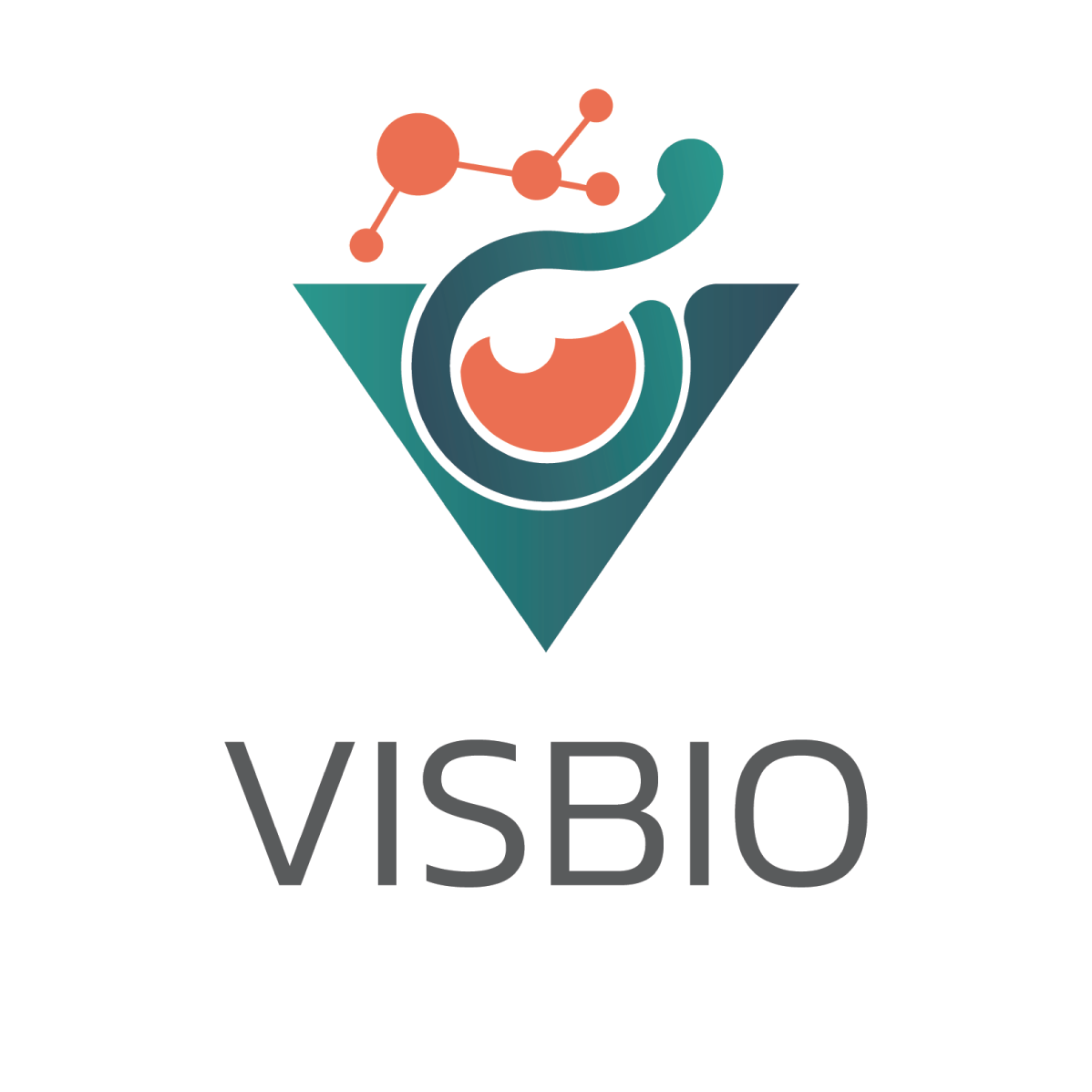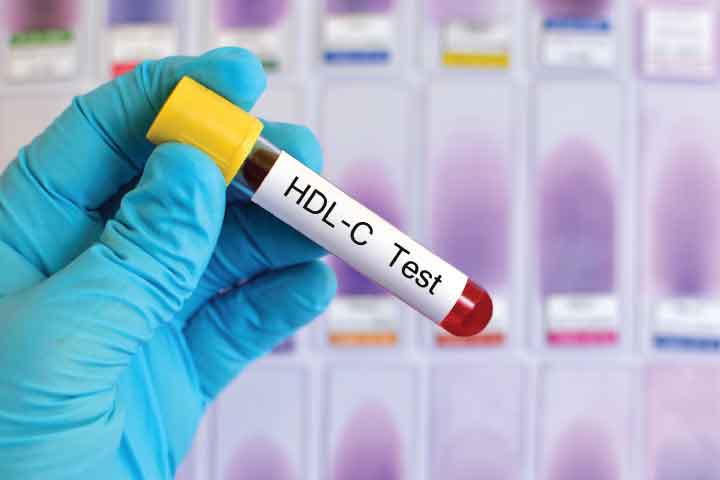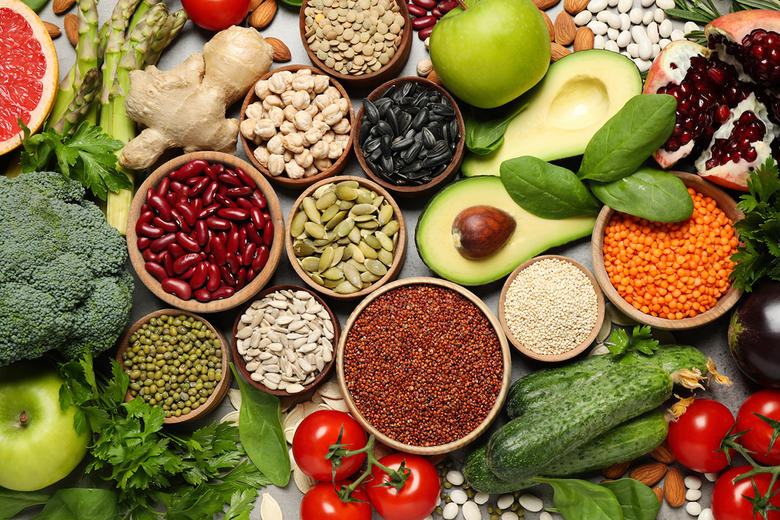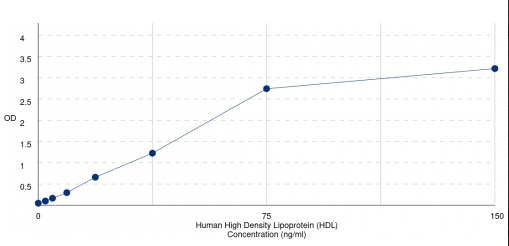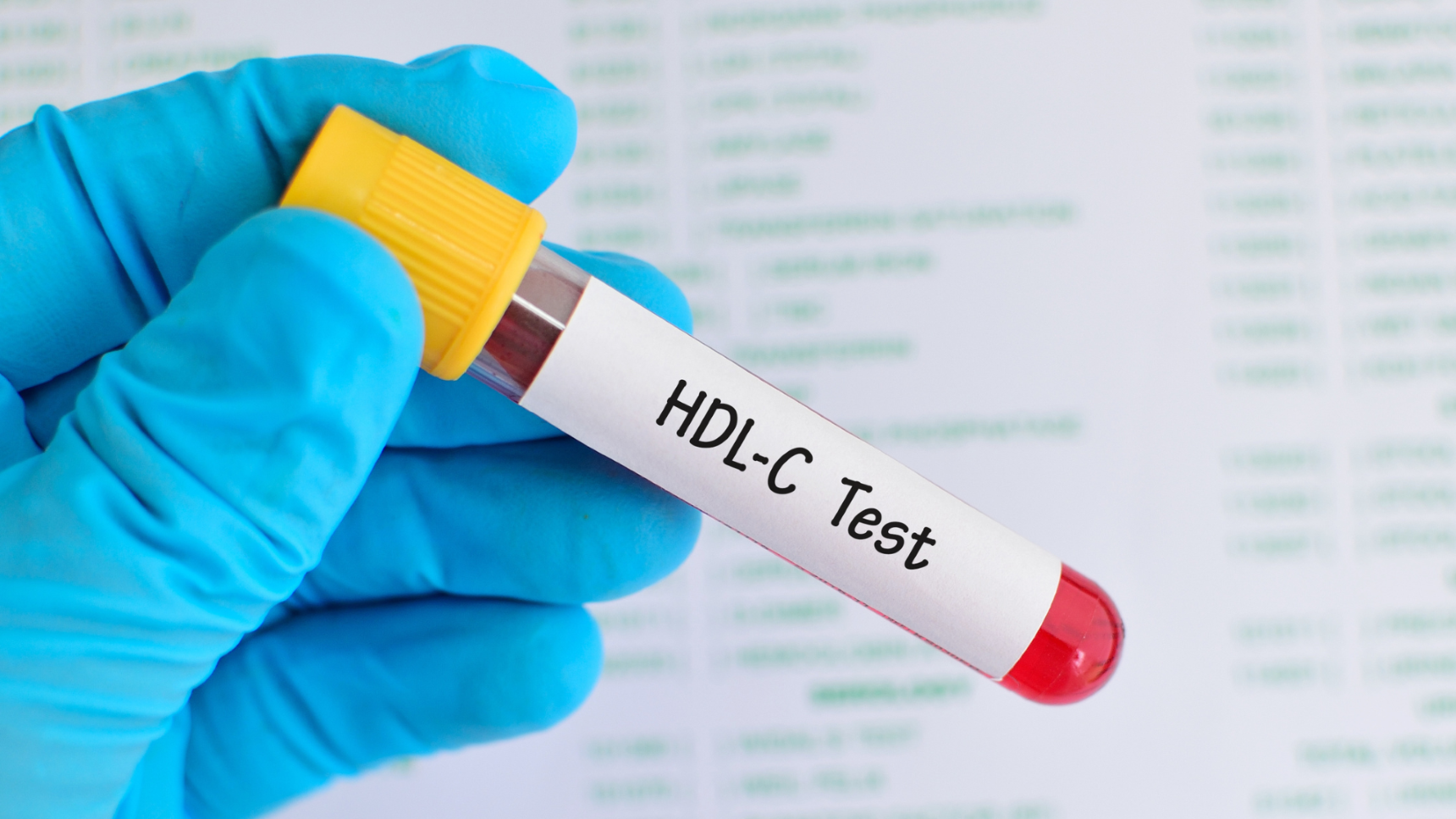
Service information for testing High-Density Lipoprotein (HDL) cholesterol production efficiency.
VISBIO Co., Ltd. provides an analysis service for assessing the quantity of HDL (High-Density Lipoprotein) cholesterol and determining the appropriate concentration of this product in the health and beauty industry. This analysis is conducted using ELISA (Enzyme-linked immunosorbent assay).
HDL, a type of fat, carries cholesterol and triglycerides from red blood cells to the liver for breakdown, reducing the risk of cardiovascular diseases. HDL also inhibits oxidation reactions, inflammation, and blood clotting. In essence, HDL is considered good cholesterol as it protects against the accumulation of bad cholesterol, triglycerides, and LDL in the bloodstream by returning them to the liver for elimination. This helps reduce the risk of various diseases, such as stroke and coronary artery disease. You can assess the quantity of HDL cholesterol in the various products through Enzyme-linked immunosorbent assay (ELISA) or Enzyme Immunoassay (EIA).
What is High Density Lipoprotein or HDL?
High-Density Lipoprotein, or HDL, is a type of fat that carries cholesterol and triglycerides away from red blood vessels and tissues to the liver for breakdown. It helps reduce the risk of heart and blood vessel diseases, inhibiting oxidative reactions, inflammation, and blood clotting.
Benefits of High-Density Lipoprotein (HDL)
High-Density Lipoprotein (HDL) is considered good cholesterol or High-Density Lipoprotein Cholesterol (HDL-C) because it is a type of fat with high density. It is good for red blood vessels since it prevents bad fats like cholesterol, triglycerides, and LDL from accumulating in red blood vessels. HDL carries these bad fats back to the liver for elimination from the body, reducing the risk of various diseases, such as stroke or coronary artery disease. Furthermore, it helps lower the Total Cholesterol levels in the body.
Foods that contain good cholesterol, High-Density Lipoprotein (HDL):
- Protein-rich foods such as chicken eggs, salmon, sardines, almonds, and soybeans.
- Carbohydrate-rich foods like unprocessed grains and brown rice.
- Vegetables and fruits like avocados, winged beans, bitter gourd, cucumbers, yardlong bean, pears, apples, and coconuts.
Ways to increase HDL levels in the body for better health:
As it’s well known, having a high level of HDL in the body is beneficial for health. Here are some recommendations by Dr. Peter P. Toth, a medical doctor at the University of Illinois College of Medicine in the United States:
- Maintain a healthy weight within the standard range (check your BMI).
- Avoid smoking.
- Engage in regular exercise.
- Control the consumption of starch foods like sugar, rice, and pastries to keep them at an appropriate level, not too much or too little.
- Increase the intake of fish meat.
- Diversify your daily diet with a focus on fresh vegetables, fruits, unprocessed rice, whole wheat bread, olive oil, and various types of beans.
- Consume alcoholic beverages like wine in moderate amounts, around 2 to 6 ounces (approximately no more than 2 glasses of wine) per day, to help increase HDL levels in the body.
Using ELISA Assay for Measuring Cholesterol Levels
There are several methods to measure cholesterol levels in the body or in food, with one specific technique being the Enzyme-linked immunosorbent assay (ELISA) or Enzyme Immunoassay (EIA). This testing method is based on the principles of immunology and relies on the specific binding reaction between an antigen and an antibody. The fundamental concept of ELISA involves coating the ELISA plate’s surface with an antigen or antibody labeled with an enzyme. Subsequently, when a substrate solution is added, it triggers a reaction with the enzyme, resulting in a color change. The color change is then measured by reading the light absorbance using a Microplate Reader. ELISA can be employed for both quantitative and qualitative assessments.
Following this, calculations are performed by determining the average absorbance values of the samples and standard substances, which are then plotted on a graph with the Y-axis representing the absorbance values of the samples/standard substances and the X-axis representing the concentration.
From the chromatogram, it illustrates the vitamin B12 present in the fortified cereal. This allows the calculation of the vitamin B12 quantity underneath the graph by comparing it with standard substances.
Literature:
- ค้นวันที่ 20 ธันวาคม 2565 จาก https://www.paolohospital.com/th-TH/phrapradaeng/Article/Details/HDL-ไขมันตัวดี-มีส่วนช่วยป้องกันโรคหัวใจจริงหรือ
- ค้นวันที่ 20 ธันวาคม 2565 จาก https://amprohealth.com/bloodvessel/hdl-high-density-lipoprotein/
- ค้นวันที่ 21 ธันวาคม 2565 จาก https://www.abbexa.com/human-hdl-elisa-kit
- ณัฐธนัญ ภิญโญสุขี, รัตนาวดี วิชาจารณ์และนุชนาฎ ชัชวาลการพาณิชย์, การพัฒนาวิธี ELISA สำหรับตรวจหาปริมาณแอนติบอดีต่อไกลโคโปรตีนดีของไวรัสเฮอร์ปีส์. สถาบันชีววิทยาศาสตร์ทางการแพทย์ กรมวิทยาศาสตร์การแพทย์
